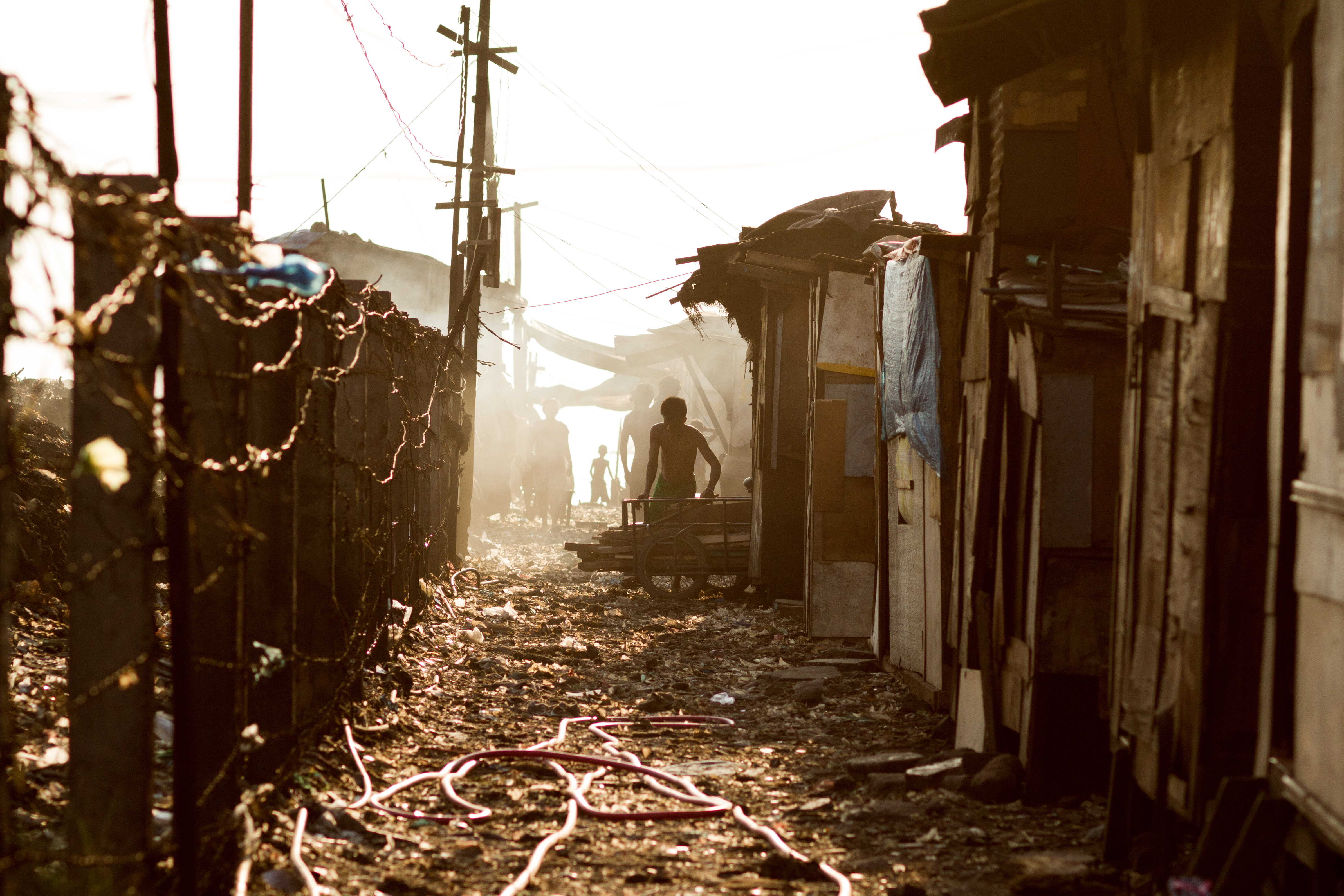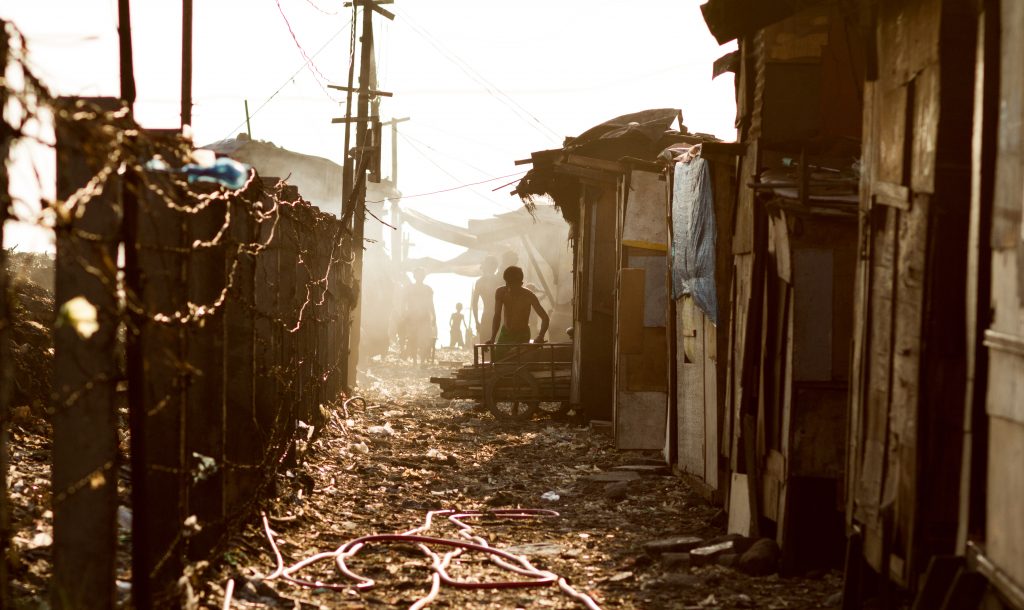
A Manila slum. Photo by Adam Cohn on flickr.
When it comes to urban planning, lines of exclusion and inclusion need to be redrawn.
Studying urban planning in Southeast Asia, but studying it in North America, I am an outsider.
To the planning academia, my research is cast as ‘international planning’ — where the international is seen as a poorer sibling to the domestic, a site of intervention, professional and theoretical.
To area studies scholars, I am a policy researcher without a disciplinary home, too policy-oriented to take on deeper intellectual questions.
They are quite right. I am never taught to locate positionality, or the researcher’s active presence, at the heart of my inquiry the way anthropology students are. Unlike geographers, I am never taught to take urbanisation seriously, being burdened instead by the professional predisposition of planning scholarship to provide ‘implications for planners’.
It is from this double-outsider standpoint that I participated in this year’s Annual Conference of the Association of Asian Studies (AAS) in Seattle. It is the same ‘outsider’ status that I find refreshing, as I get to observe the vigour with which area studies scholars showcase their work. The conference is still so fresh in my mind that it feels too strange to report on it in the past tense.
I was a presenter on the ‘Rising Voices’ panel, sponsored by Southeast Asian Studies Council (SEAC) of the AAS. The panel serves as a platform for early-career scholars from Southeast Asia to present their work. This year’s theme was Urban Exclusion in Southeast Asia, organised by Dr Erik Harms of Yale University. It was my great pleasure to share the panel with Hew Wai Weng, Phuoc Duong, and Andre Ortega.
My paper was about the cartographic construction of George Town World Heritage Site, on Penang Island, Malaysia. In it, I traced the evolution of the site’s boundaries as the government seeks to pin down an appropriate field of intervention. I showed the material implications of being ‘inside’ and ‘outside’ of the otherwise artificial geometries.
Prior to my submission to the panel, I never explicitly framed mapmaking as exclusion. At least, it would not be not my word of choice. Therefore, the term helpfully compelled me to confront mapmaking as an exclusionary practice.
While I focused on mapmaking as an exclusionary state instrument, Hew Wai Weng shed light on another actor: the middleclass and their moralities.
Hew presented a fascinating case of urban place-making as a form of ‘religious gentrification’ in Malaysia and Indonesia. Whether it be a mall, restaurant, or residential estate, these urban places segregate their clientele based on their class and religion – including levels of piety. It is a strategy increasingly opted by middleclass Muslims to distance themselves from poor areas, religious diversity, and immoral lifestyles.
One housing project, for instance, markets itself as a ‘modern, green, and Islamic atmosphere’. However, instead of a total exclusion, these urban Muslim residents do seek to include others by, for example, helping the poor by providing employment (for instance, as housing-estate security guards). Yet, as Hew persuasively argued, this ‘selective inclusion’ does not diminish poverty, but in fact reinforces its presence.
As someone researching the local state and its spatial instruments, I found resonance in Phuoc Duong’s paper on Da Nang, a coastal city in Vietnam, and its government’s regulation of informal labour in public spaces. Here, Duong presented a confrontation of two forms of life: the vendor and the code.
As a posterchild of urban development in Vietnam, Da Nang desires to become a modern city. The government seeks to prevent street practices deemed incompatible with a civilised urban lifestyle, such as shoe-shining, wandering sales, and customer pestering. In what the government calls ‘Five No’s’, street signs are put up to discourage instances of inappropriate conduct.
In their stead, the government encourages orderly, properly located vending sites as an example of ‘point of stylized and modern commerce’. The fixed site, Duong shows, presents a problem for mobile vendors who need, or are resigned to, a freer form of labour arrangement.
Finally, urban geographer Andre Ortega used his paper to tell a story from Manila’s urban fringe. In what he calls ‘accumulation by dispossession’, Ortega revealed an intertwined logic of poverty and metropolitan expansion: poverty relocated from the core to the fringe, so that the core frees up for future wealth generation.
In this situation, socialised housing quickly became a precarious suburban dead zone, one that is poorly equipped with subgrade infrastructure and social amenities. Ortega importantly reminds us to be wary of low-income housing as a veneer for housing justice, when it in fact serves the neoliberal goal of market expansion.
Dr Harms concluded the panel by positing two provocations. First, he asked whether inclusion and exclusion constitute each other. Every inclusion requires exclusion of some kind.
Second and perhaps a way forward, he asked: What may a non-exclusive inclusivity look like? This is a heavy question that necessitates further thought. For now, I would like to propose that the first step is to dismantle the line that separates the two, exposing its artificiality, undoing the seeming naturalness of its making.
The line often takes the form of a certain dominant claim, be it to history, religious piety, urban order, and housing security.
The panellists set out in this direction.
Napong Tao Rugkhapan is a PhD Candidate in Urban Planning at the University of Michigan.
 Facebook
Facebook  Twitter
Twitter  Soundcloud
Soundcloud  Youtube
Youtube  Rss
Rss 